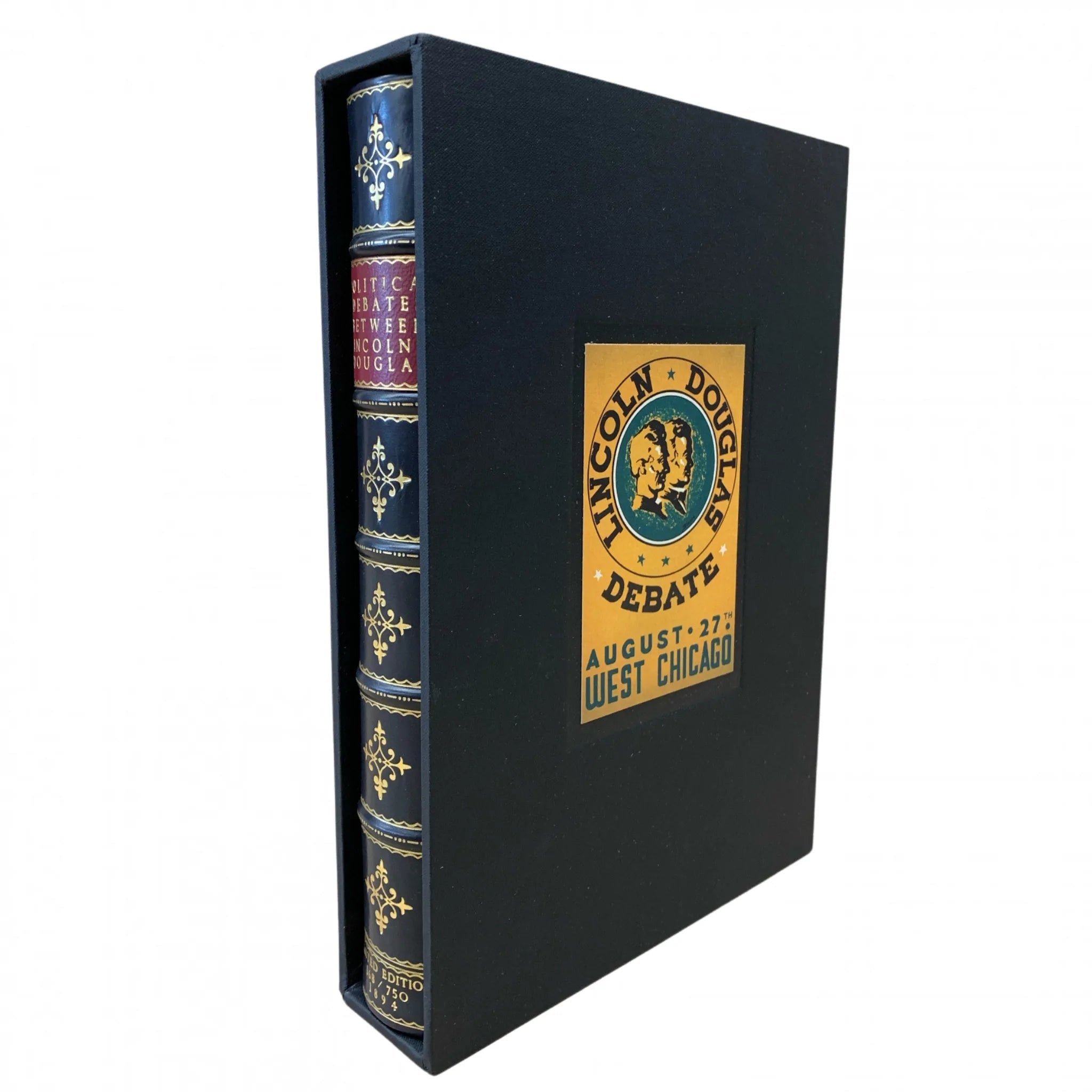Marquis de Lafayette and the American Revolution
Inspired by stories of American colonists’ struggle under the oppressive British crown, young French aristocrat Marquis de Lafayette sailed to the United States in 1777 to join the revolution. He volunteered his services to the Continental Army, and although Congress was hesitant about his youth and inexperience, his enthusiasm and his assurance that he would serve at his own expense won him the rank of Major-General in the Continental Army. He was wounded during his first battle, the Battle of Brandywine, yet still managed to organize a successful retreat.
Lafayette spent the long winter of 1777 with Washington’s army at Valley Forge, which further endeared the young general to the Americans. In May 1778, he outwitted the British sent to capture him at Bunker Hill and rallied a shaky Continental attack at Monmouth Courthouse to force a stalemate.
In the middle of the war, Lafayette returned to France to negotiate an increase in French support. On his return, he helped keep British Lieutenant General Lord Cornwallis' army pinned at Yorktown, Virginia, while divisions led by Washington and France's Comte de Rochambeau surrounded the British and forced a surrender in the last major battle of the Revolutionary War. After the war’s end, Lafayette remained an ardent supporter of the United States' constitutional principles and a close friend of George Washington.
Lafayette is often depicted in Revolutionary-themed prints and engravings, as he represented the pivotal alliance between America and France. We have several prints of key historical moments in the revolution and Lafayette can be found in most of them, usually depicted next to or very near his mentor, George Washington. He stands just behind Washington in both the Illman Brother’s engraving of The Surrender of Cornwallis at Yorktown. A.D. 1781 and a Yorktown camp scene, etched by Albert Rosenthal after Peale. In the famous Washington and His Generals by Alexander H. Ritchie, Lafayette is depicted in the innermost circle of generals and soldiers listening to their beloved commander announce his retirement.








